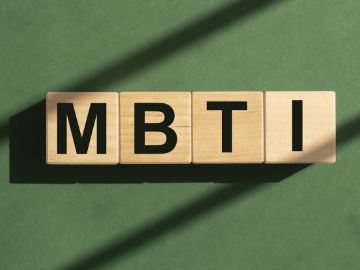How to Write a Resume Work History Section that Gets You Noticed

A strong resume is vital when applying for work. Your work history is the most important section, so how you word it matters. You can choose to overview your role's job description — or you can describe the job you actually did. The latter is more likely to catch the eye of a recruiter. This will help you to stand out from the competition.
What Belongs in the Work History Section
When limited to 1-2 pages, it's important to strictly consider what to write about in the work history section of your resume. First, you need to consider your professional history. You also need to include experiences external to professional ones. Remember that this section should demonstrate your ability to perform the role you're applying for.
Ensure each work history element has the basics: company name, position, location, and start and completion dates. Then you need to highlight achievements and responsibilities. The person reading your resume is experienced in the industry. They don't need you listing daily tasks that anyone in the same position would be doing, too. Identify your achievements. Highlight how your soft and hard skills complemented the responsibilities.
Ask yourself: does this bullet point demonstrate my capabilities with an example to prove it?
Your work history will also include other experiences. This especially applies to recent graduates. Just because an experience didn't earn you a salary, doesn't mean it doesn't demonstrate your capabilities to a potential employer. Volunteer roles, community experiences, and post-graduate studies for skill building (if they're relevant to the job you're applying for) are worth noting. Find the connection between how your time spent doing these activities improved your qualifications.
What Doesn't Belong in the Work History Section
There are some things that you shouldn't mention in your work history. It cannot be stressed enough: you have limited resume space — don't waste it. Don't bury this section at the bottom of your resume. Keep it concise but informative. Honk your own horn but don't boast.
Recruiters are looking at A LOT of resumes. Reading resumes for long stints from big pools of applicants isn't an easy task. Make sure that your resume has information that stands out. Show more but say less. As previously mentioned, don't list mundane daily tasks. Completing your basic requirements doesn't demonstrate to a new employer what you're capable of.
Your resume is coming from you, about you — you don't need to use I. Replace the I at the start of bullet points with strong action verbs. There's also no need to describe yourself and your achievements using filler adjectives. Boast what you managed to achieve for your previous company through quantitative proof. Keep it real. Don't lie, exaggerate, or fill sentences with thesaurus adjectives.
How to Stand Out from the Rest
But how do you differentiate yourself from the other applicants? If you want to have a chance, you can't just have a work history full of vague job responsibilities. Recruiters are looking for specific keywords. They also need proof of your abilities.
Companies use job descriptions for more than just promoting an open position. Job descriptions are packed with significant keywords and key phrases. It may seem like cheating, but inserting keywords from job descriptions into your bullet points is exactly what potential employers are looking for.
If a job listing requires someone who can increase revenue, find a time in your past employment when you made your company some money. The bullet point could read 'Improved revenue by implementing x to do x.' You've demonstrated that you're capable of achieving this, and how you did it. You've also checked off a target keyword your new employer clearly values.
Recruiters also need to see quantitative proof. Using the above example, add a figure to the bullet point about increased revenue. 'Improved revenue by x % by implementing x to do x.' Now you have a figure to quantify your value in this target responsibility. It may take a while, but it's worth reviewing your work history and finding figures to complement your achievements.
These achievements are often regarding people, time, and money. How many people did you lead in your team? Did you reduce workforce numbers with more efficient practices? Were you completing tasks well ahead of deadlines? Did you generate more sales than expected? All of these can show a potential employer how you will build their company.
Does Your Resume Need Reviewing?
You should update your resume every time you apply for a new job. Even if you're not currently looking for work, it may be worth reviewing your work history section. Try to look at your resume from an employer's perspective. If you're reading job responsibilities that don't actually demonstrate what you've achieved, it's time for a rewrite.



